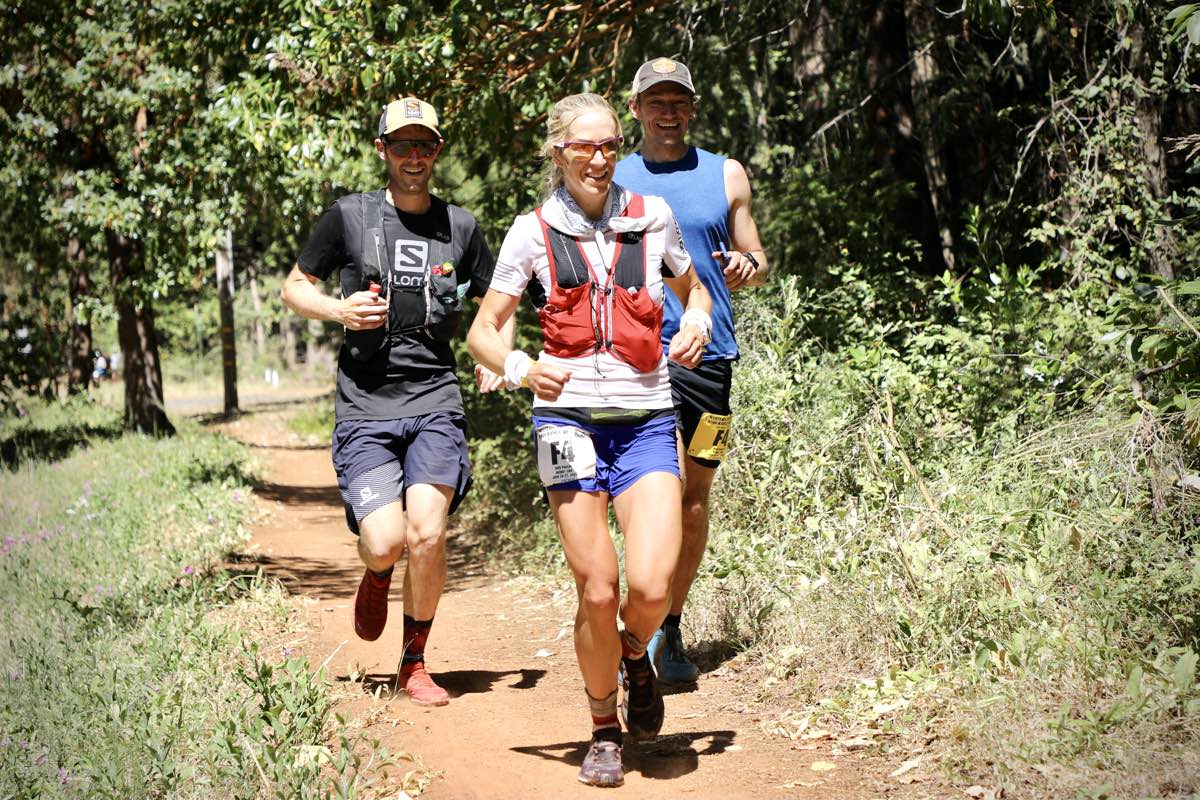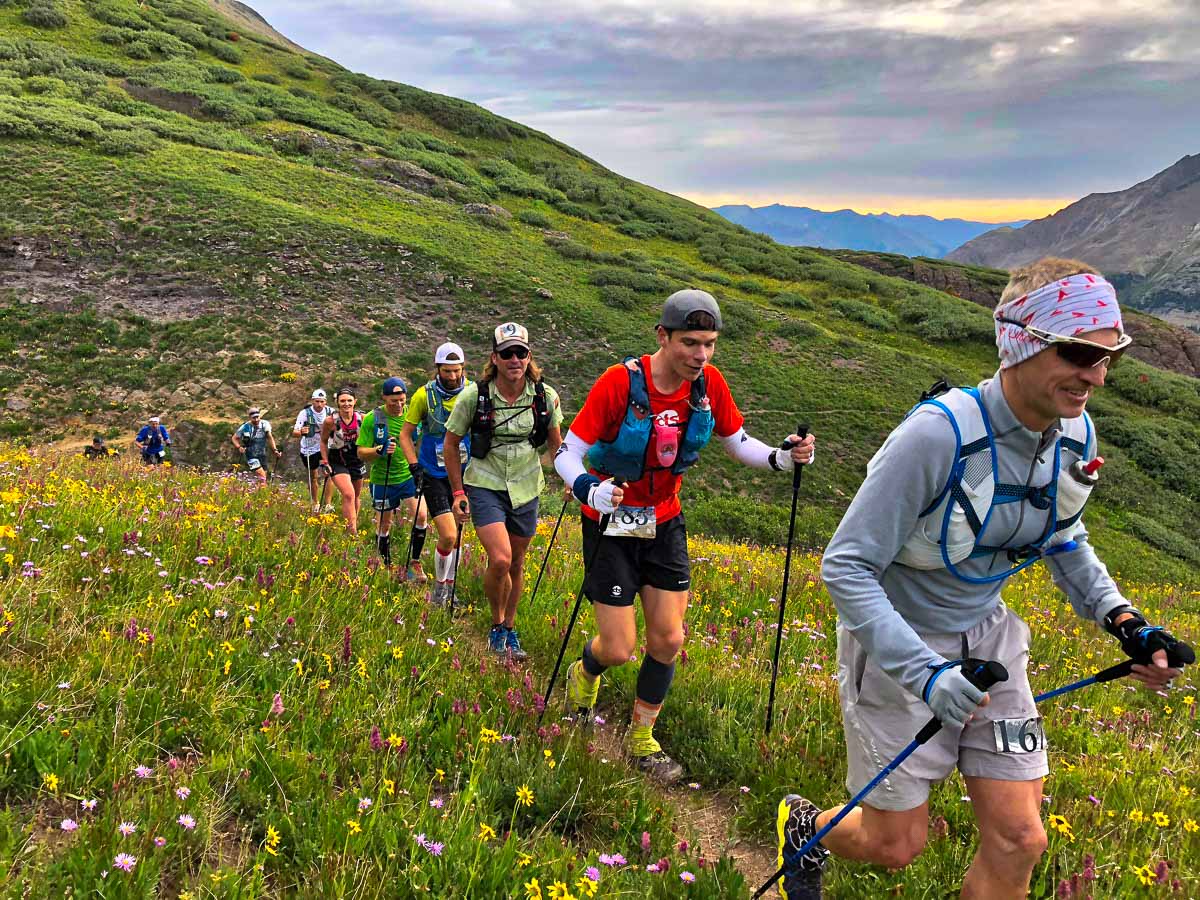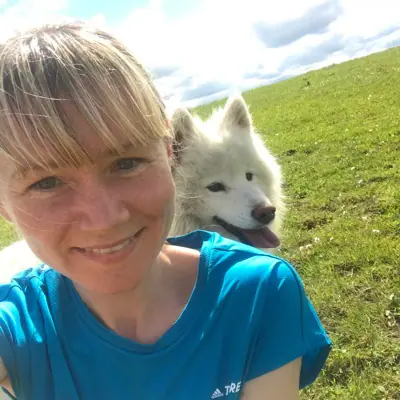Did you know, the typical trail runner and ultrarunner runs three to four times per week, has a weekly training mileage of around 50 kilometers (31 miles), owns five pairs of running shoes, and races four times per year?
These are just a few of the findings of the report released by the Trail Ultra Project, a study spearheaded by researchers at the University of Central Lancashire in the U.K. The study aims to look at the culture and habits of trail runners and ultrarunners in the U.K. and North America — exploring the commonalities and differences between the two regions.
The project began with a survey launched in 2022 — which we invited you to participate in — which took a deep dive into the habits of trail runners and ultrarunners, and the demographics that make up our diverse community.
Almost a year on, having received more than 1,000 responses to their in-depth survey, the researched have released a report on their findings and it makes for fascinating reading. In this article, we summarize a few of the interesting results.
Ethnicity in Trail Running and Ultrarunning
Tidbits on demographics include that 95.4% of respondents were white. The next two most common groups in the survey results were the 1.8% of respondents who identified as of Hispanic/Latino/Spanish origin, and 1.4% of respondents identifying as being of mixed/multiple ethnic groups.
The report notes that “This reflects the general underrepresentation of minority ethnic groups in the outdoor world. For example, in 2019 only 1% of visitors to English national parks were from a minority ethnic background. In the U.S., a 2010 study by the National Park Service found that only 7% of visitors identified as Hispanic and only 1% as African American.”
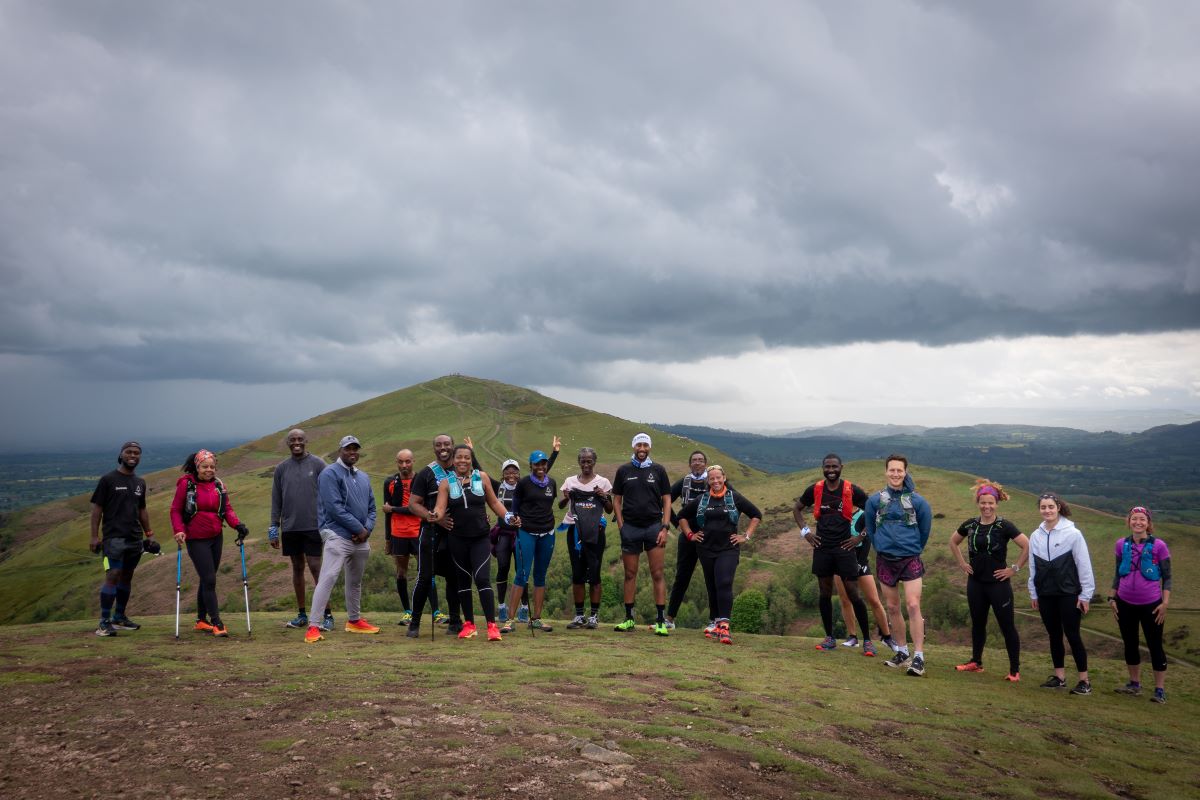
Groups such as Black Trail Runners in the U.K. are working to diversify the sport of trail running. Photo courtesy of Sonny Peart.
Education in Trail Running and Ultrarunning
The report also highlights that “An exceptionally large number of respondents are educated to postgraduate level (43.5% compared to 13.1% in the wider U.S. population).”
Women in Trail Running and Ultrarunning
Forty percent of respondents identify as women, and the training habits between men and women appeared fairly similar. The report notes that “48% of women run at least five times per week, compared to 46% of men. 83.4% of women prioritize running over other aspects of their weekly routine, compared to 78.3% of men.”
Still women appear slightly less likely to take on longer ultras. When asked for the furthest distance they have ever run, 19% of women responded with 100 miles or more, compared to 21.9% of men.
When asked to name runners they find inspiring, the majority selected runners of their own gender. Some 69.1% of men were most inspired by other men and 61.4% of women were most inspired by other women.
Media in Trail Running and Ultrarunning
In terms of the trail running and ultrarunning media that respondents consume, free videos and films ranked highest in popularity. Podcasts proved popular too, with one in four ranking them as “very useful/inspiring.” Free magazines and websites followed next and, perhaps unsurprisingly, paid-for content was significantly less popular.
Study Limitations and Future Research on the People of Trail Running and Ultrarunning
The survey and the report on its findings are only step one of these researchers’ project, and work is ongoing on a book to be published in 2024, which will incorporate this data, as well as information gathered from interviews with a wide range of runners, and historical data tracking the development of the sport through the years.
I spoke to Carl Morris of the Trail Ultra Project, who pointed to the lack of an existing data set on the trail running and ultrarunning community, prior to carrying out their own survey, as a limitation to the current research. This meant that conclusions had to be drawn from a relatively small sample size of just over 1,000 runners, rather than making use of existing data compiled by previous researchers.
He said: “We saw the survey as the beginning of a longer project of building up a data set over time.” While the data collection is still ongoing, he added, “The work we’ve done so far — obviously there’s the survey, in terms of statistical data, and we’ve done around 50 interviews with ordinary runners. There’s also archival research, which is a lot of what will go into the book — looking at historical data from the 19th century right up to now.”
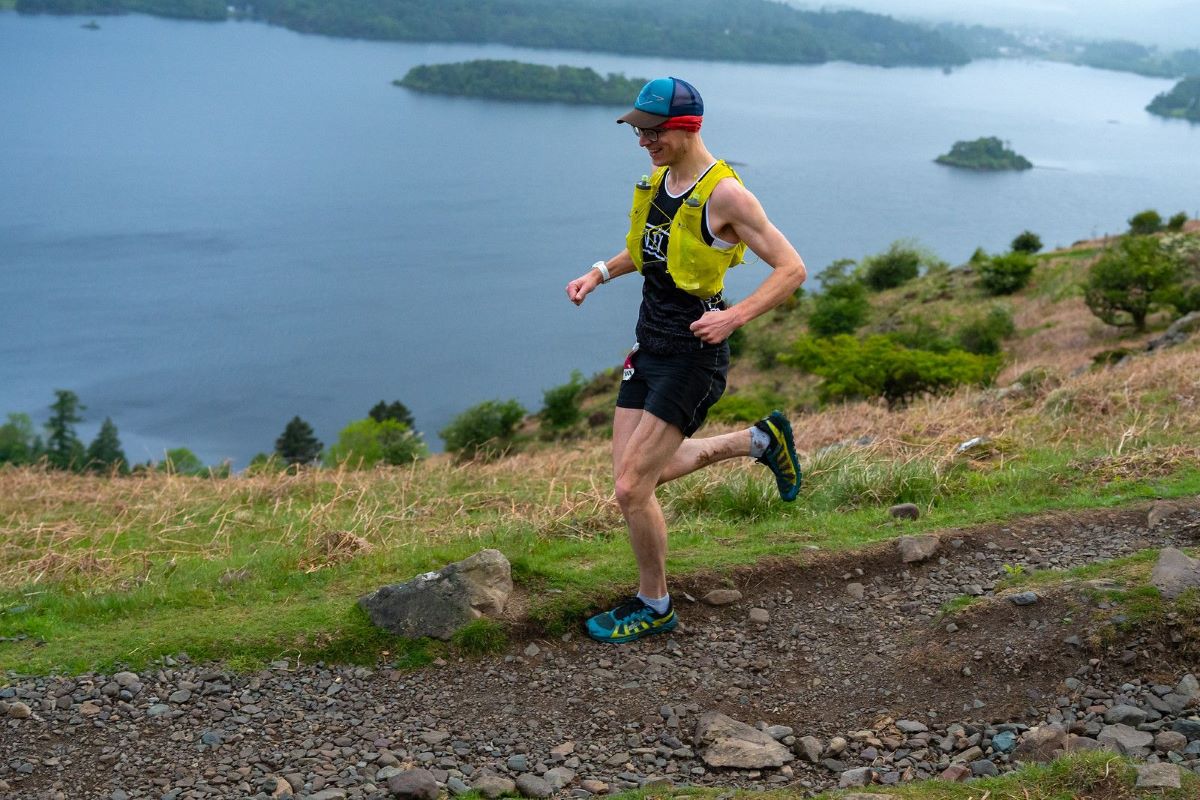
Carl Morris on the Trail Ultra Project racing the 2022 Keswick Mountain Festival 50k. Photo courtesy of Carl Morris.
As well as looking at the past and present of the sport, the study aims to explore the directions the sport is taking for the future, and particularly explore the rapidly developing professionalization of the sport. Morris said, “In terms of what we have to do, we’re moving on to interviewing people who work in the wider industry to get that perspective, because we are interested in the professionalization of the sport and the way that industry is developing quite quickly.”
Morris continued, “One of the things we’re interested in is the globalization of an outdoor running culture and what that looks like as it develops over time.”
Be sure to read the full Trail Ultra Project survey findings to learn more about your peers in sport.
Call for Comments
- Have a read of the report! Is there anything that jumps out at you as particularly interesting or surprising?
- Where do you fit in in terms of the “typical” trail runner and ultrarunner as defined by the report?
